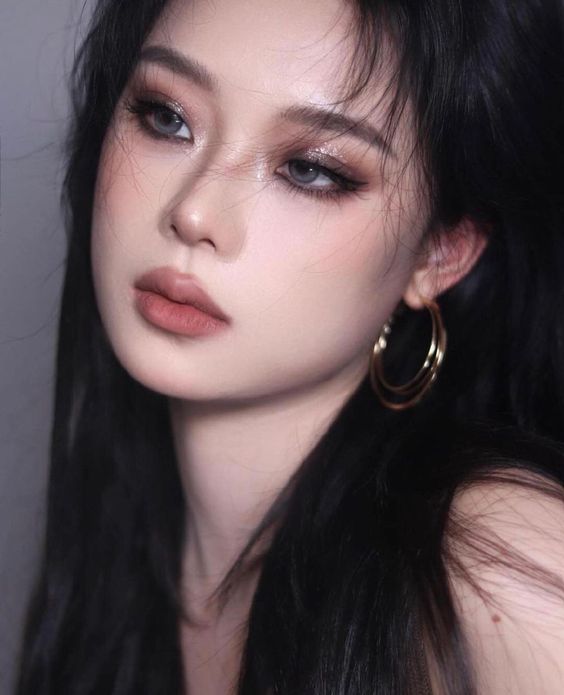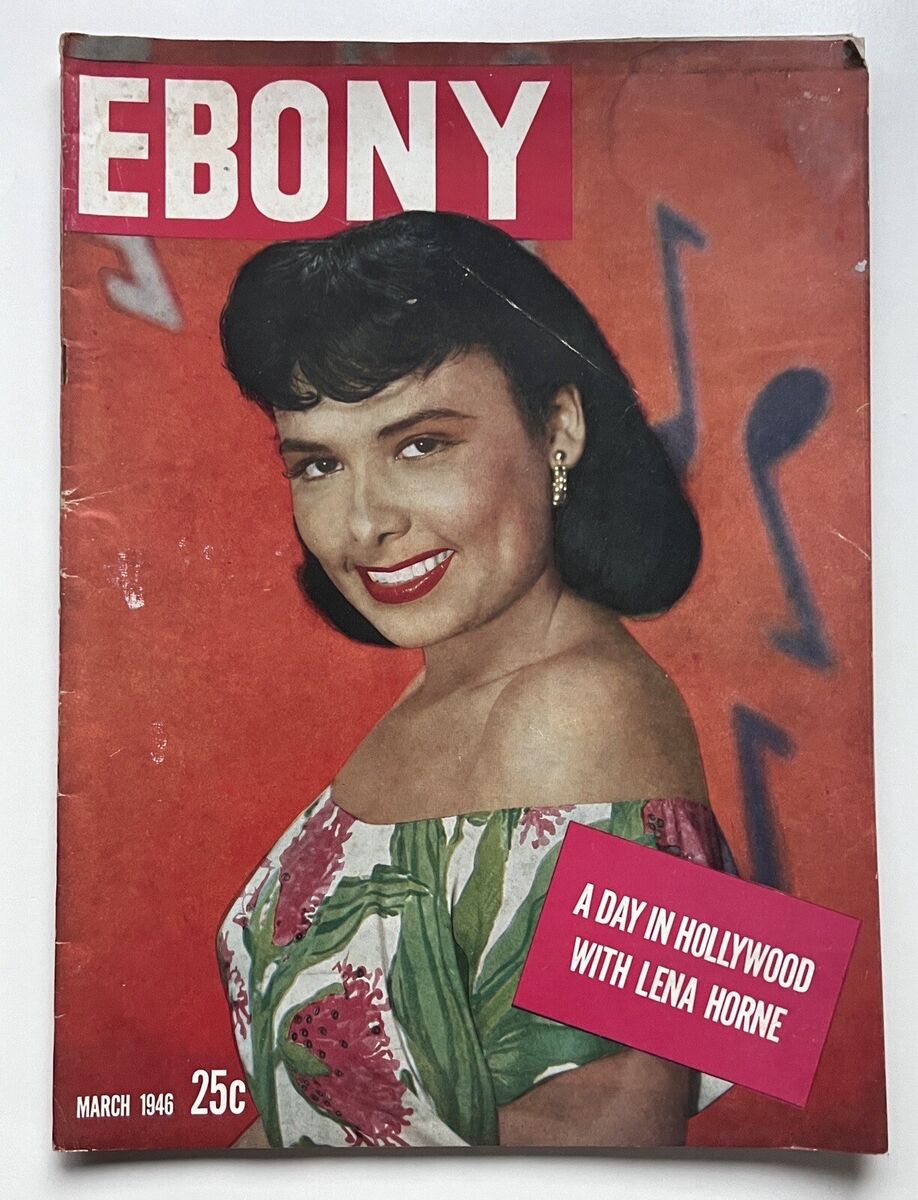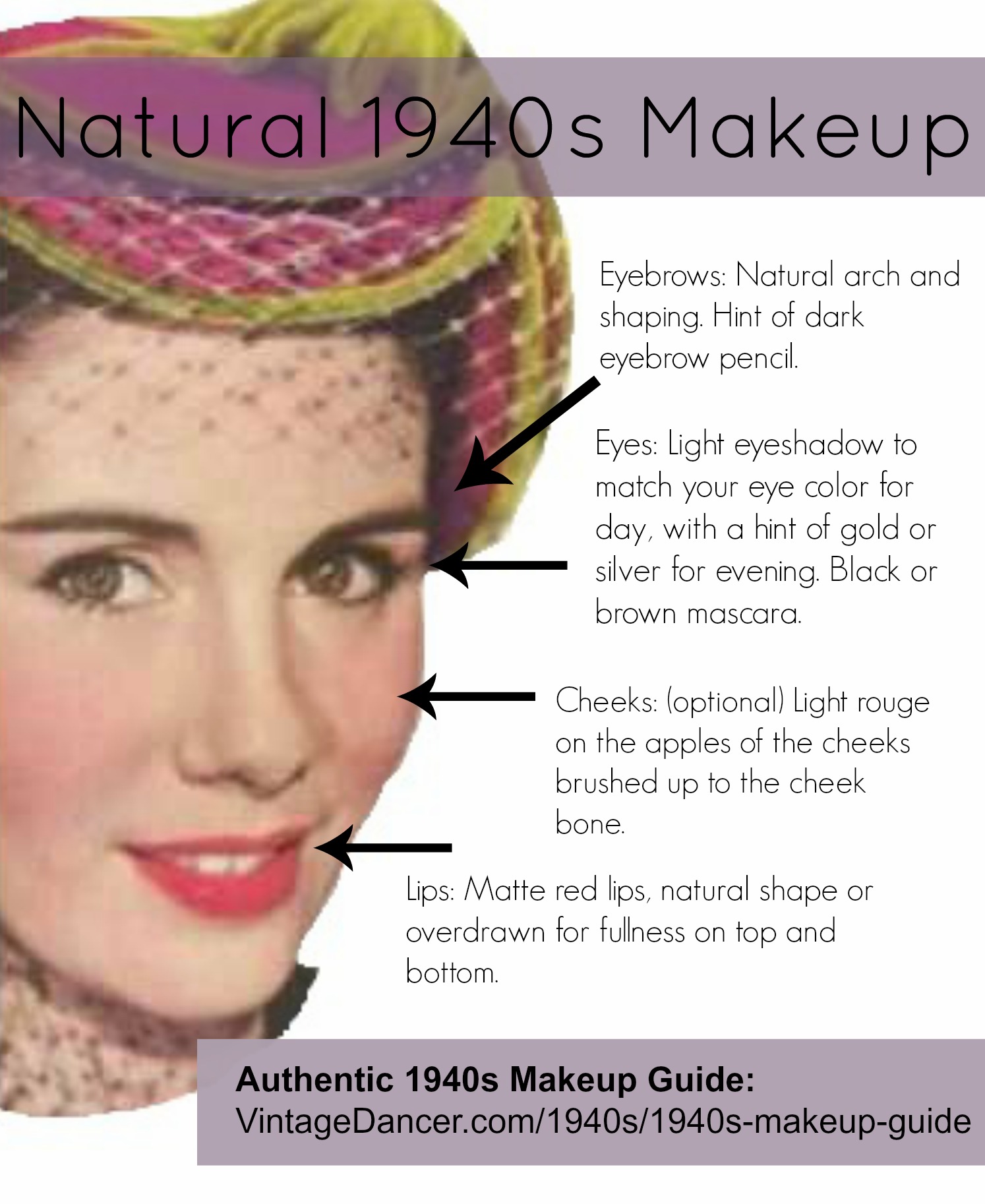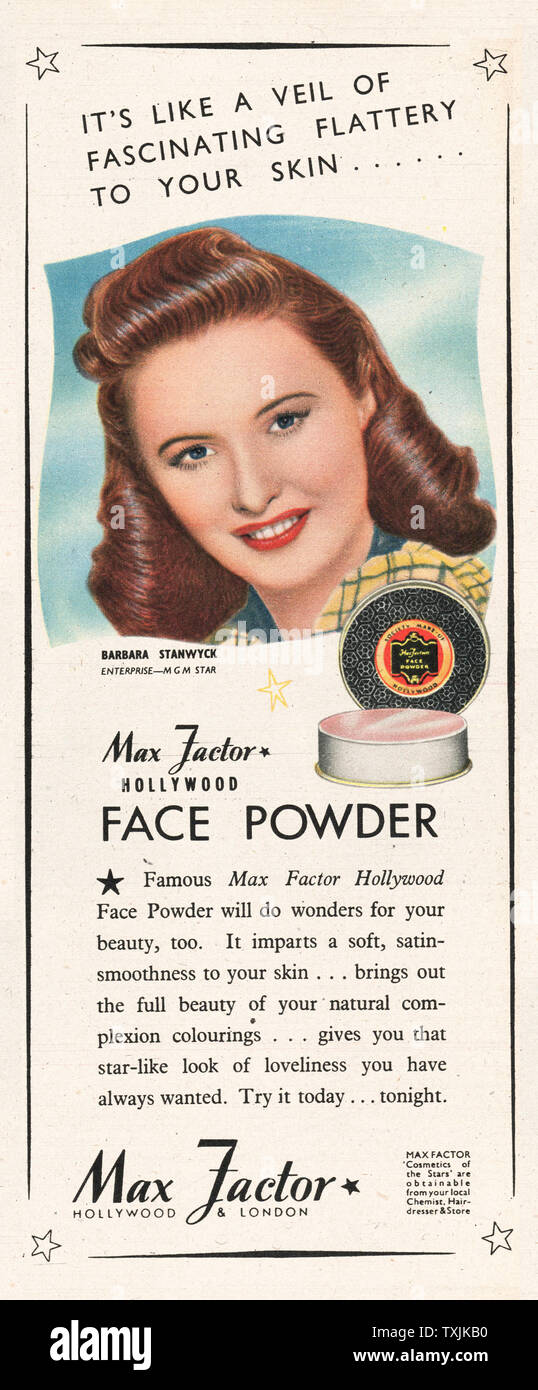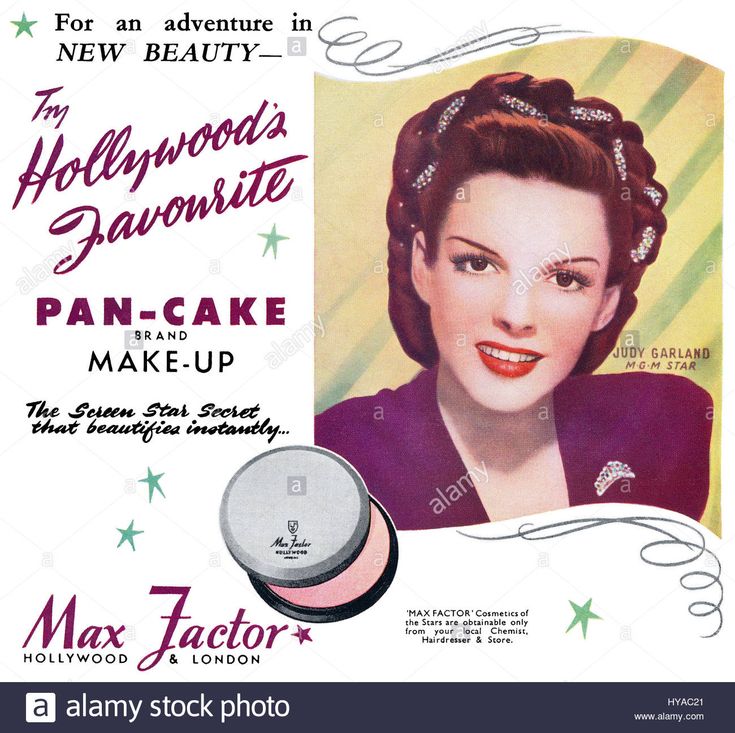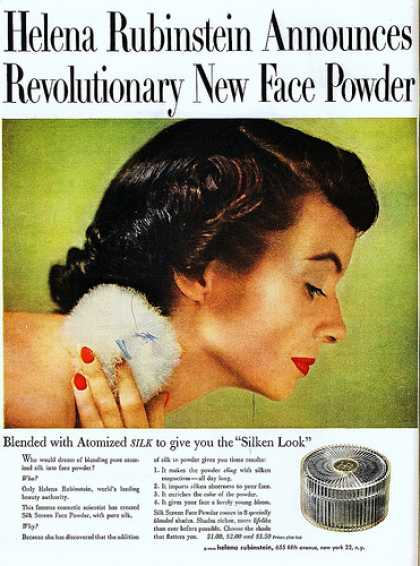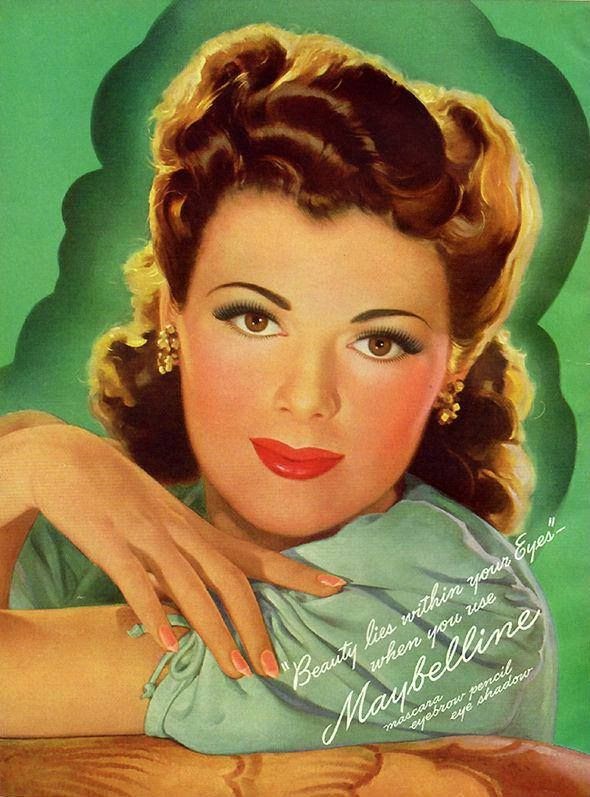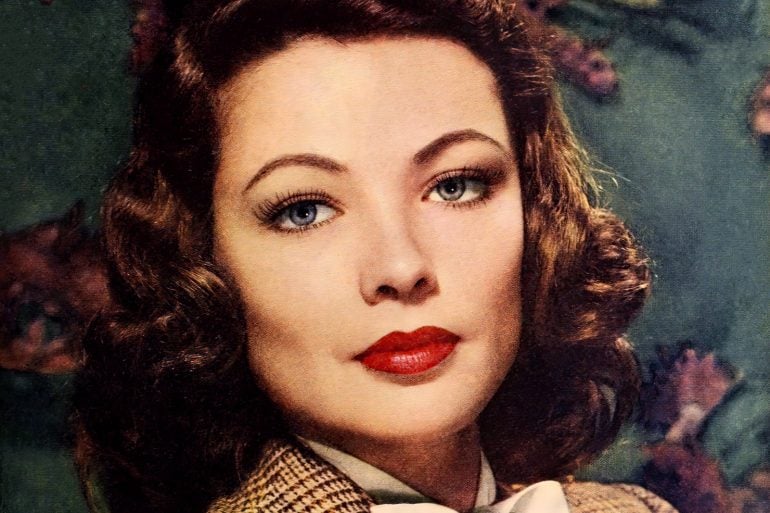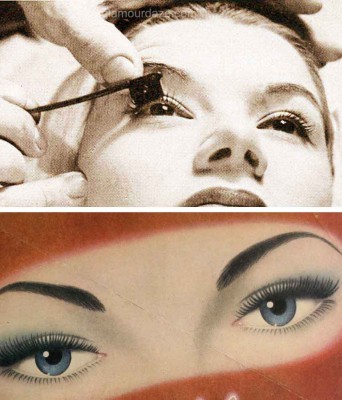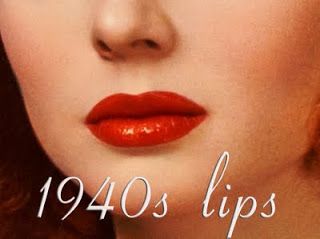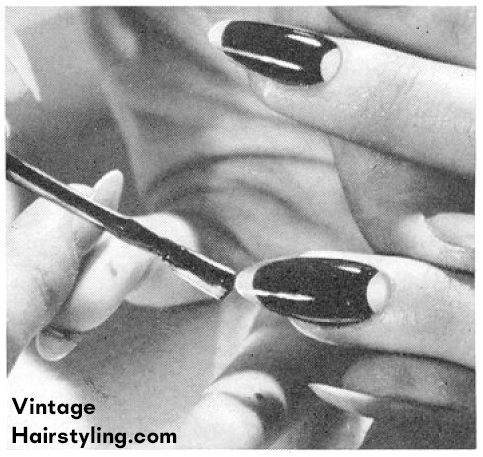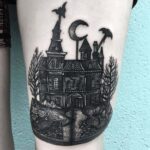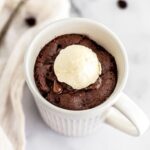Have you heard of Gothic Lolita style? It’s a captivating fashion and aesthetic movement that originated in Japan in the ’90s and gained popularity in the 2000s. This unique style blends cuteness and melancholy with an air of haunting danger. It’s truly inspiring! For those who adore Gothic Lolita and everything associated with this enchanting style, I recommend checking out these 15 stunning makeup looks. You might even feel inspired to try your hand at some of these looks yourself!
CUTE AND BLUSHED GOTHIC LOLITA MAKEUP
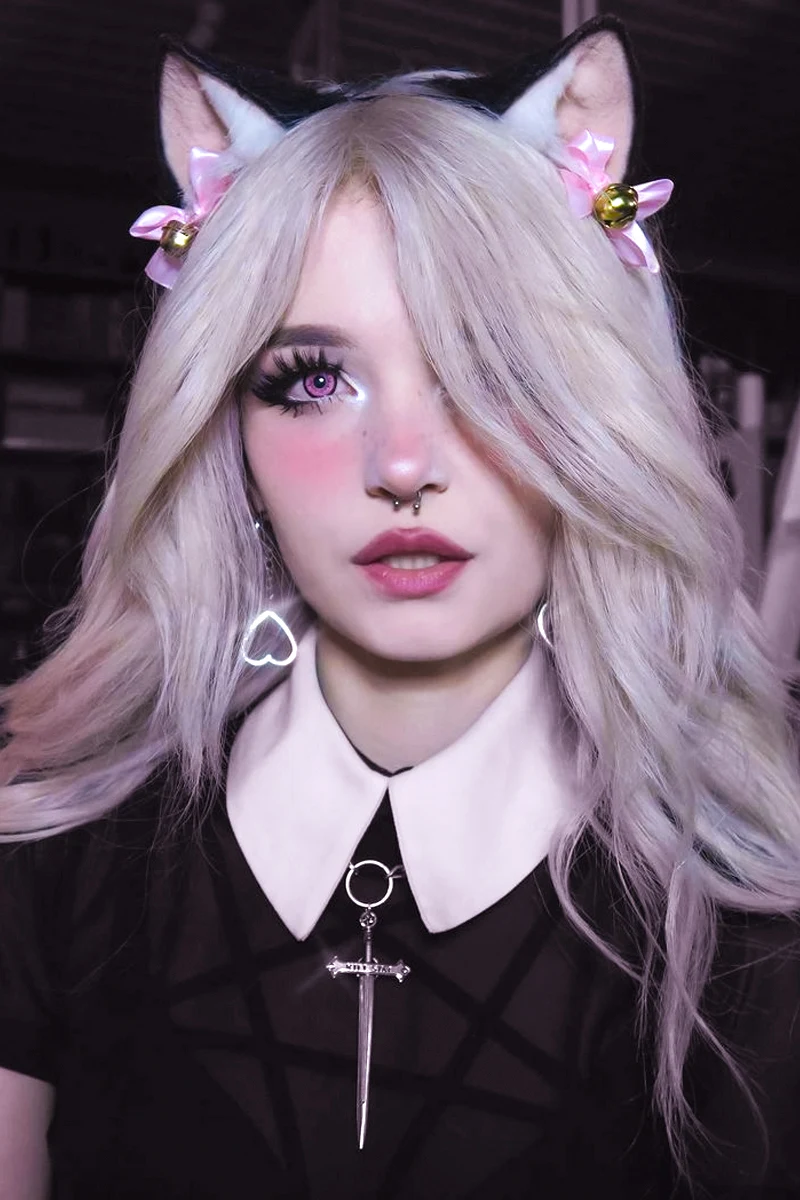
Imagine an e-girl cosplay featuring vibrant pink circle lenses and adorably flushed cheeks—because there’s never too much blush for the Lolita girls! To complete the look, a pair of fluffy cat ears adds the perfect Kawaii touch!
BLACK LIPS WITH RED HUE AND RED EYESHADOW
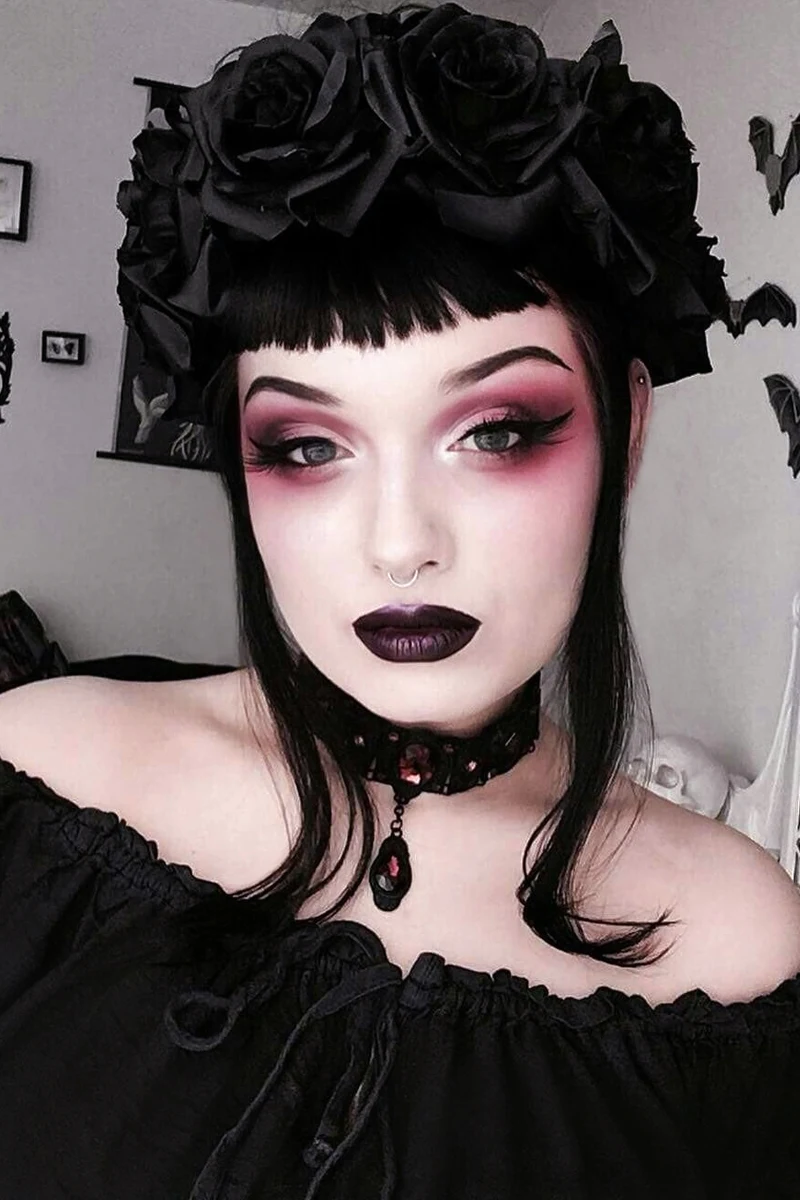
Bright red eyeshadow is a fantastic choice for any Gothic look! If plain black lips feel too dull, try pairing your red eyeshadow with black lips and adding a touch of red shimmer. Simply sprinkle shimmering red eyeshadow over your black lipstick for a stunning effect—you’ll love the result!
HALO SMOKEY EYE FOR GOTHIC LOLITA GIRL
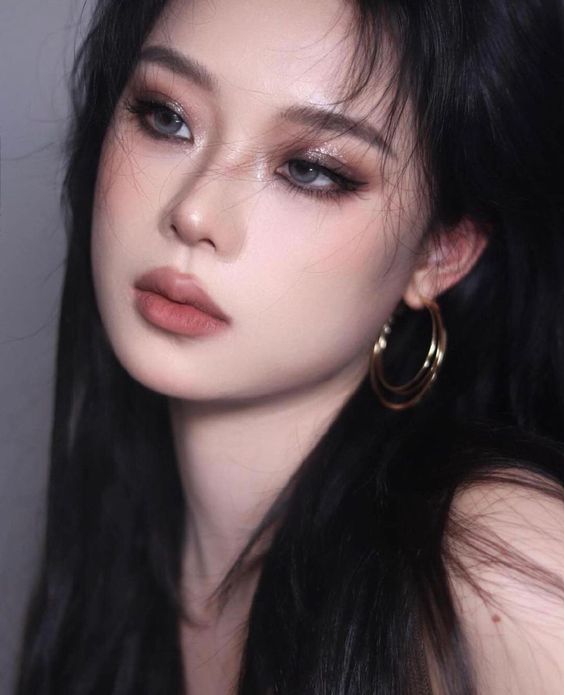
If you’re aiming for a more versatile and wearable look, consider trying halo eyes highlighted with black eye kohl. This makeup style is perfect for special occasions, those days when you want to feel glamorous, or whenever your Gothic Lolita spirit calls for a touch of flair.
GOTH LOOK WITH SMUDGED LIPS
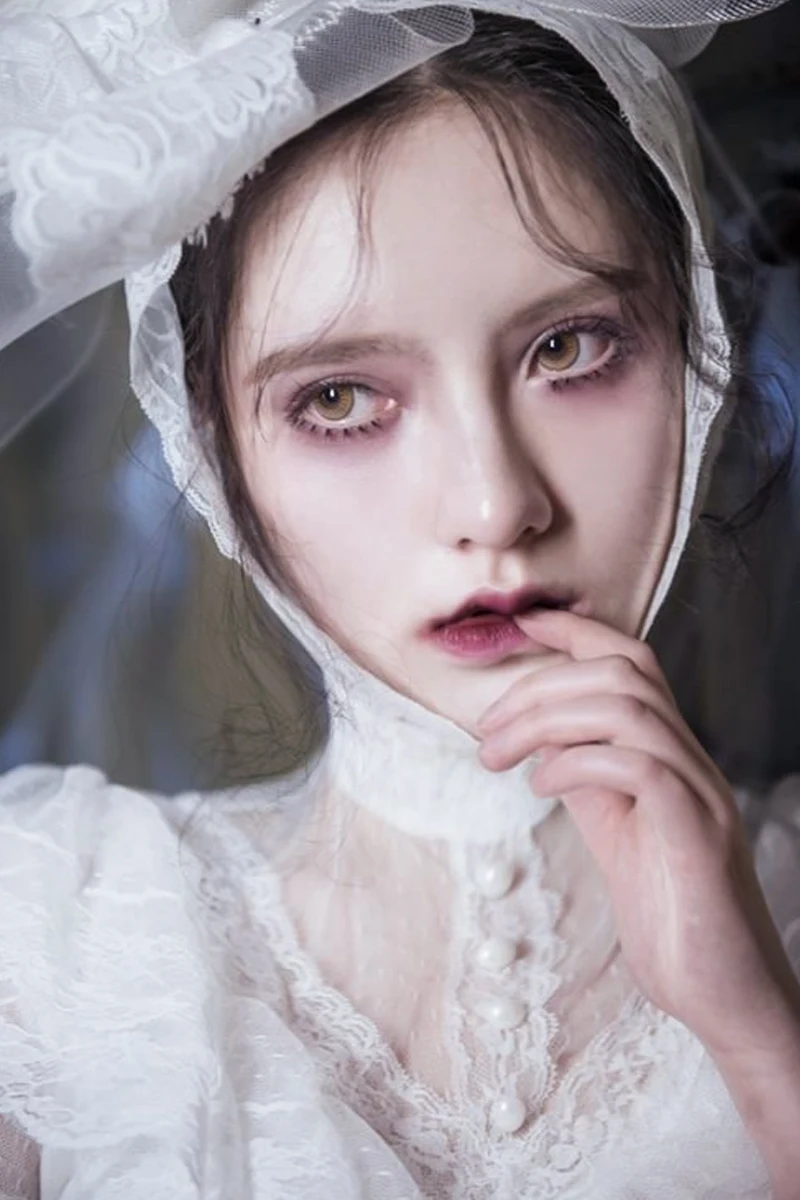
Here’s another ‘sickly’ makeup look for the most melancholic Gothic Lolitas. This time, it features an intriguing technique—smudged lips. To achieve this effect, start by applying a medium-dark lipstick. Contour your lips with concealer, then blend it with the lipstick to create a gradient. Finally, apply the darkest, boldest lip color to the center of your lips for a striking finish.
MAGENTA SMOKEY EYES AND DARK PLUM LIPS
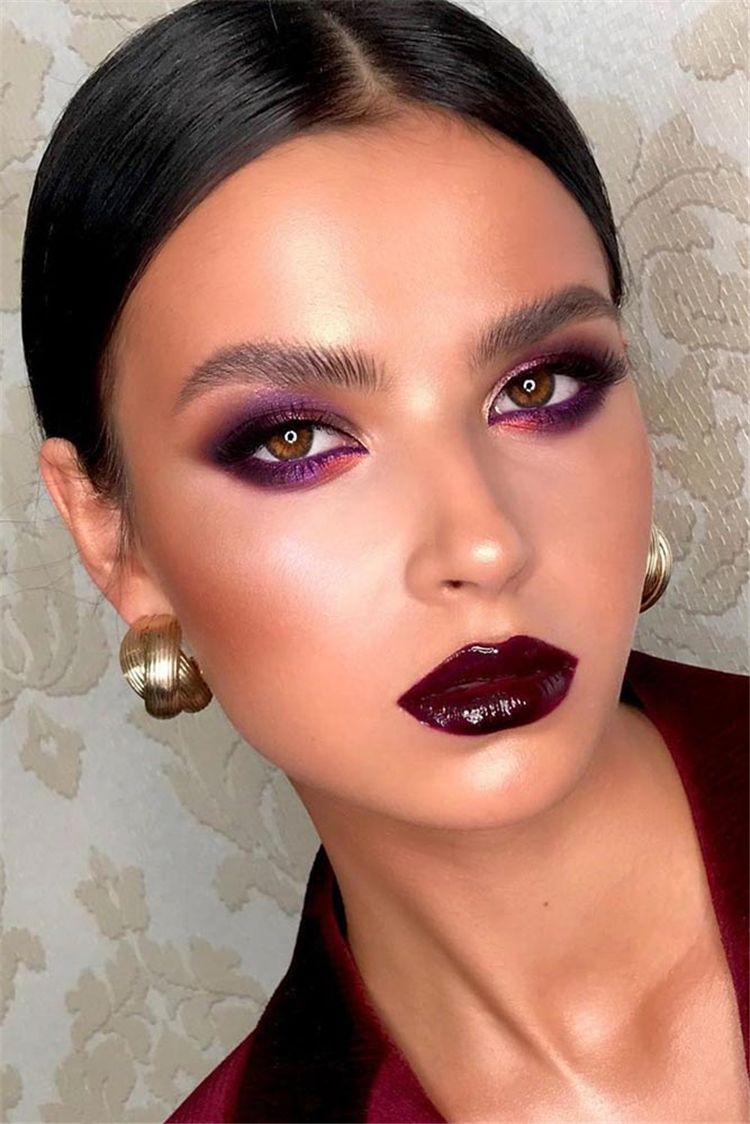
Ready to shift away from cuteness? How about magenta smokey eyes paired with dark plum lipstick? You can even use the same plum shade for contouring to add a unique twist to the overall look!
PINK GOTHIC LOLITA LOOK WITH ROSE LIPS
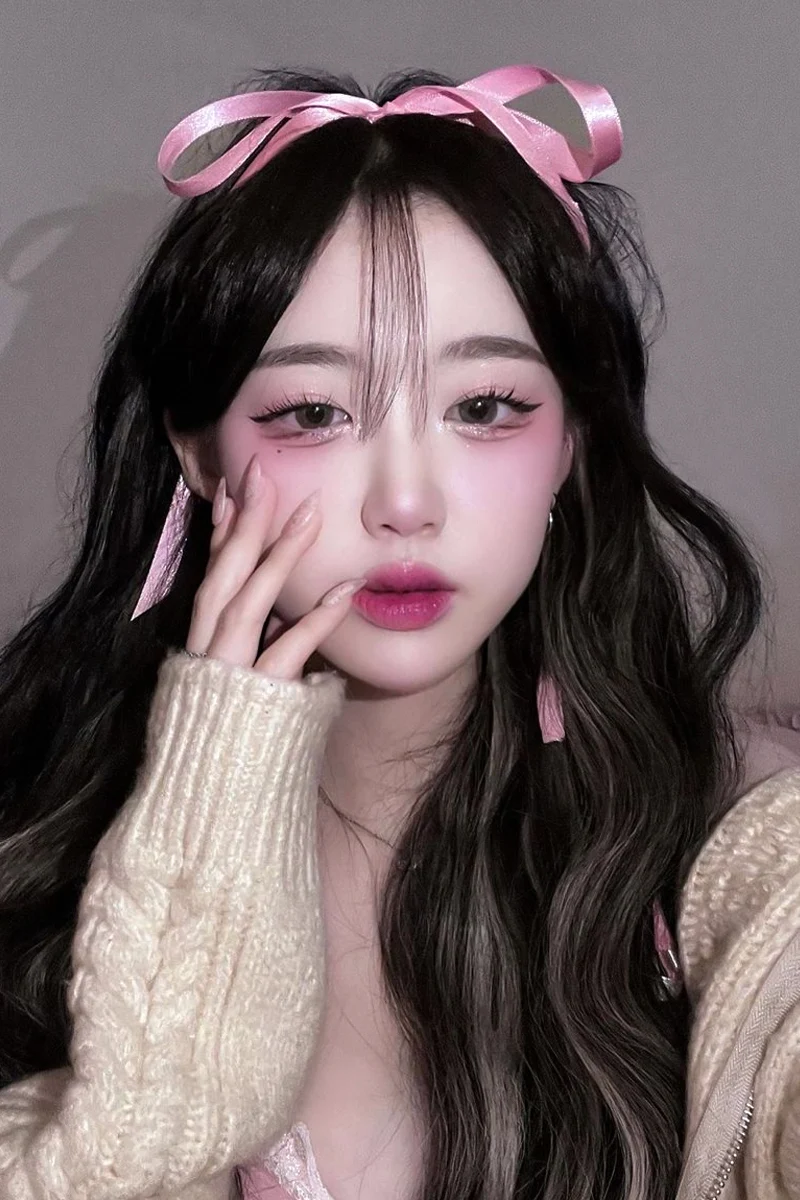
Gothic Lolitas can absolutely rock cute pink makeup just as effectively as moody black! I love how the Barbie-pink blush seamlessly connects with the eyeshadow—it’s such a stunning technique! This look also incorporates the ‘tear bag’ technique, adding a touch of sadness and adorableness to the eyes.
SICKLY VICTORIAN GHOST MAKEUP FOR GOTHIC LOLITA
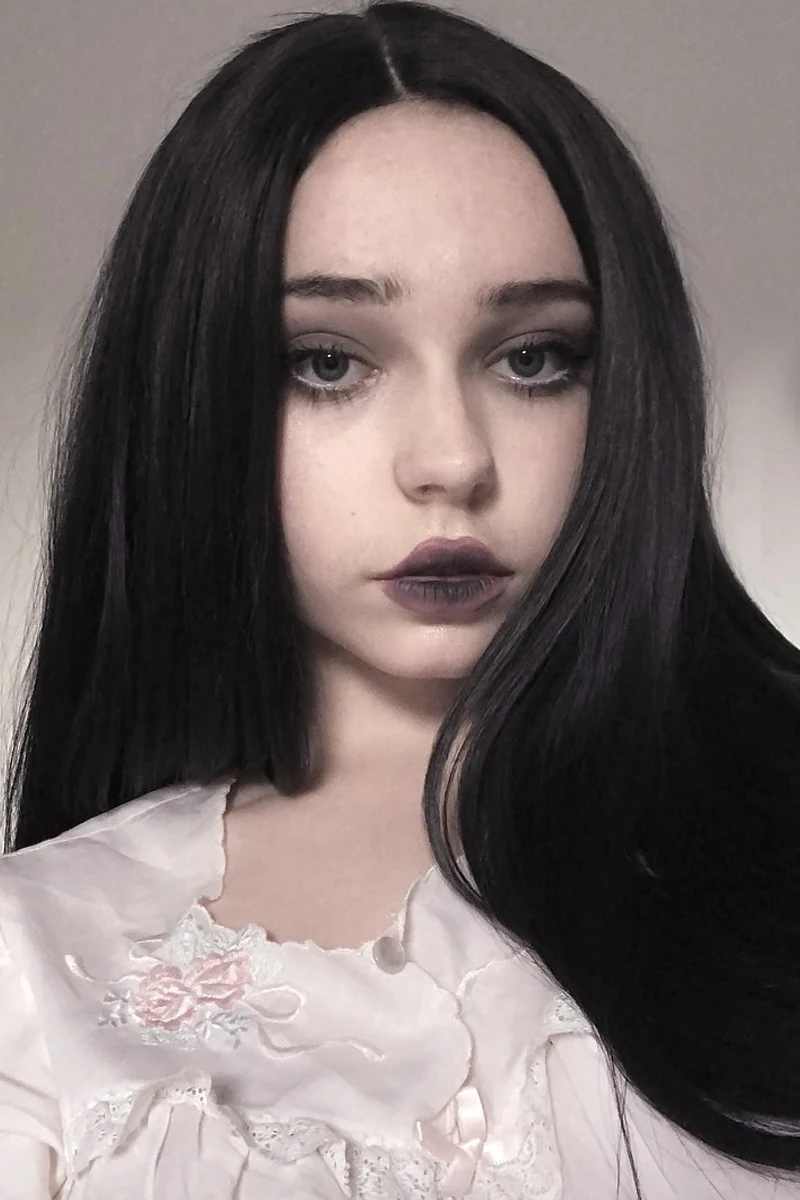
This makeup look is perfect for various occasions, including Halloween costumes and cosplay, but I primarily envision it as a striking sickly look for Gothic girls. I’m particularly fond of how the grayish-brown lipstick enhances the lips. For the eyes, use a matching eyeshadow and blend it out up to the eyebrows for a cohesive effect.
PURPLE HAZE EYESHADOW AND BLINDING HIGHLIGHTER
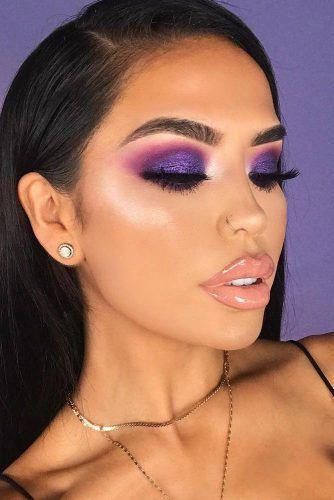
This makeup look is absolutely stunning for the boldest alternative babes. If you’re wondering what’s so unique about it, it’s all about the eyebrows—or the lack thereof. If shaving them off isn’t your style, a touch of bleach can achieve a similar effect!
SNOW WHITE BEAUTY WITH LIPS AS BLOOD
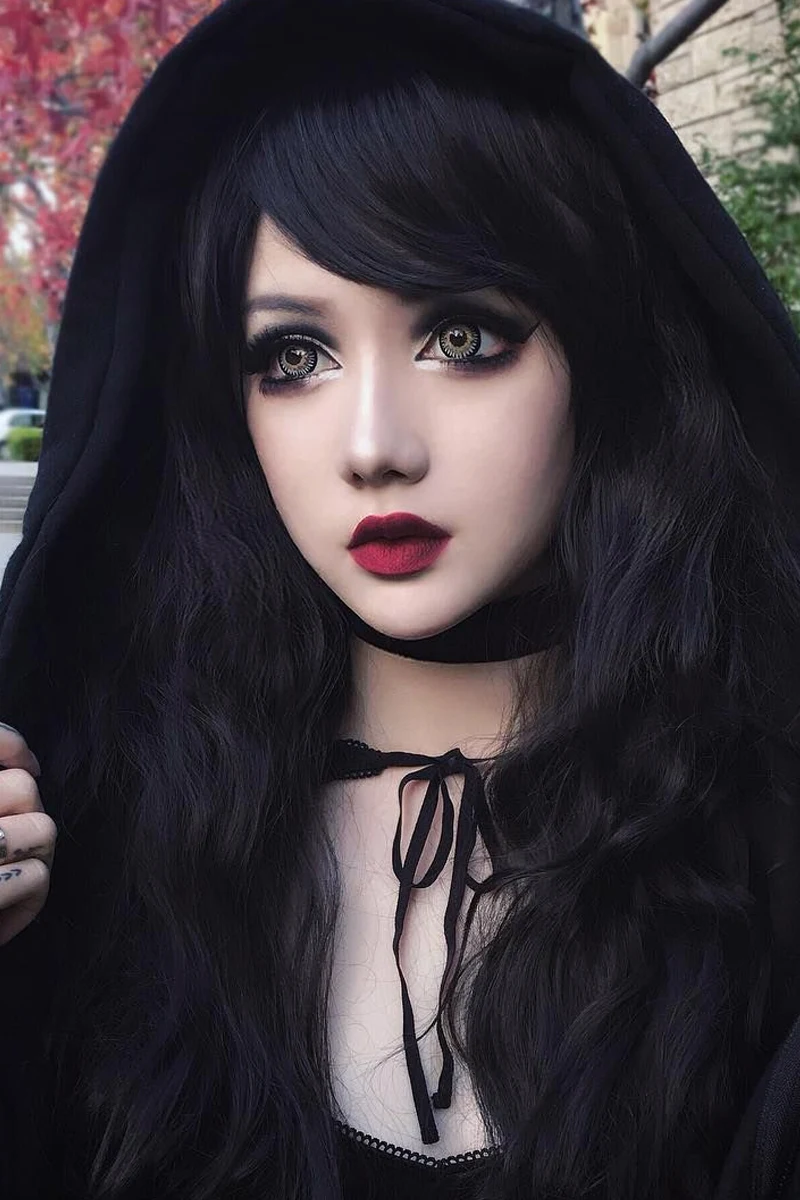
“Skin white as snow, lips red as blood, and hair black as ebony”—this is how the Brothers Grimm described Snow White. While the Gothic Lolita style may not align with her character, this cosplay certainly deserves a spot on the list. With huge eyes enhanced by circle lenses, highlighter in the inner corners, and blood-red lips, it embodies the classic Gothic Lolita aesthetic beautifully!
INNOCENT GOTHIC LOLITA MAKEUP WITH HIGHLIGHTER
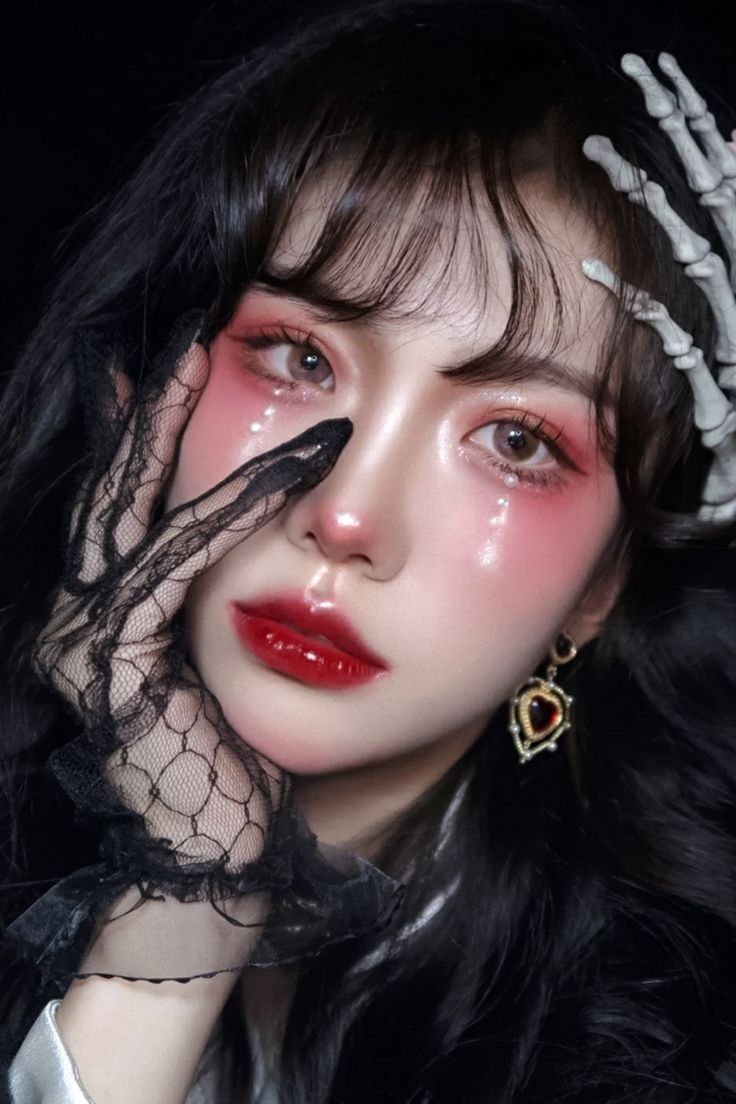
Here’s a sweet and soft makeup look for those who prefer a more understated vibe. The cutest detail is the rose-pink eyeshadow on the eyelids, complemented by a generous amount of blush on the cheeks and the tip of the nose. For the lips, opt for a natural-looking tint, making it a perfect alternative to full-coverage lipstick!
DRAMATIC WINGED EYELINER AND DRAWN-ON BOTTOM LASHES
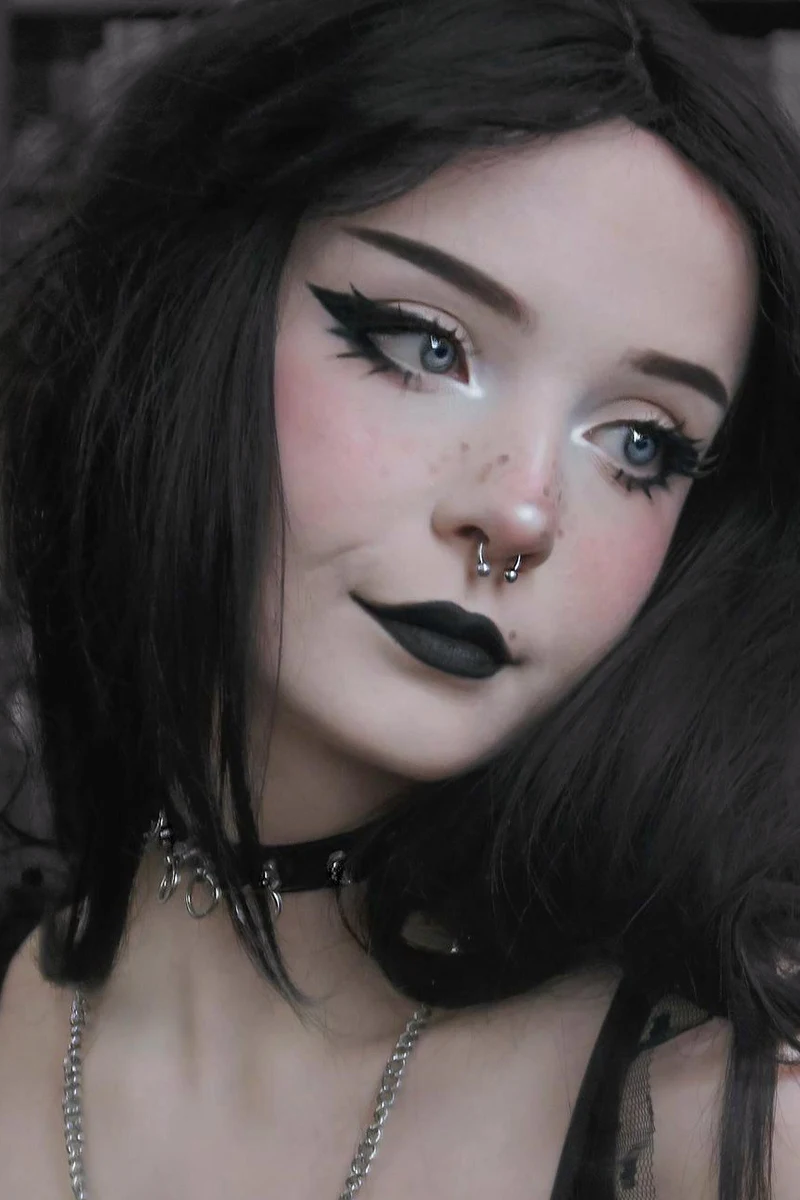
The drawn-on bottom lashes might not be a widely used technique in the West, but Eastern beauties frequently utilize this clever trick. Instead of applying small bottom lashes, they simply draw them on with liquid eyeliner. Give it a try and incorporate this makeup hack into your Gothic Lolita look!
CHERRY LIPS AND TEARS WITH BLUSHY EYES
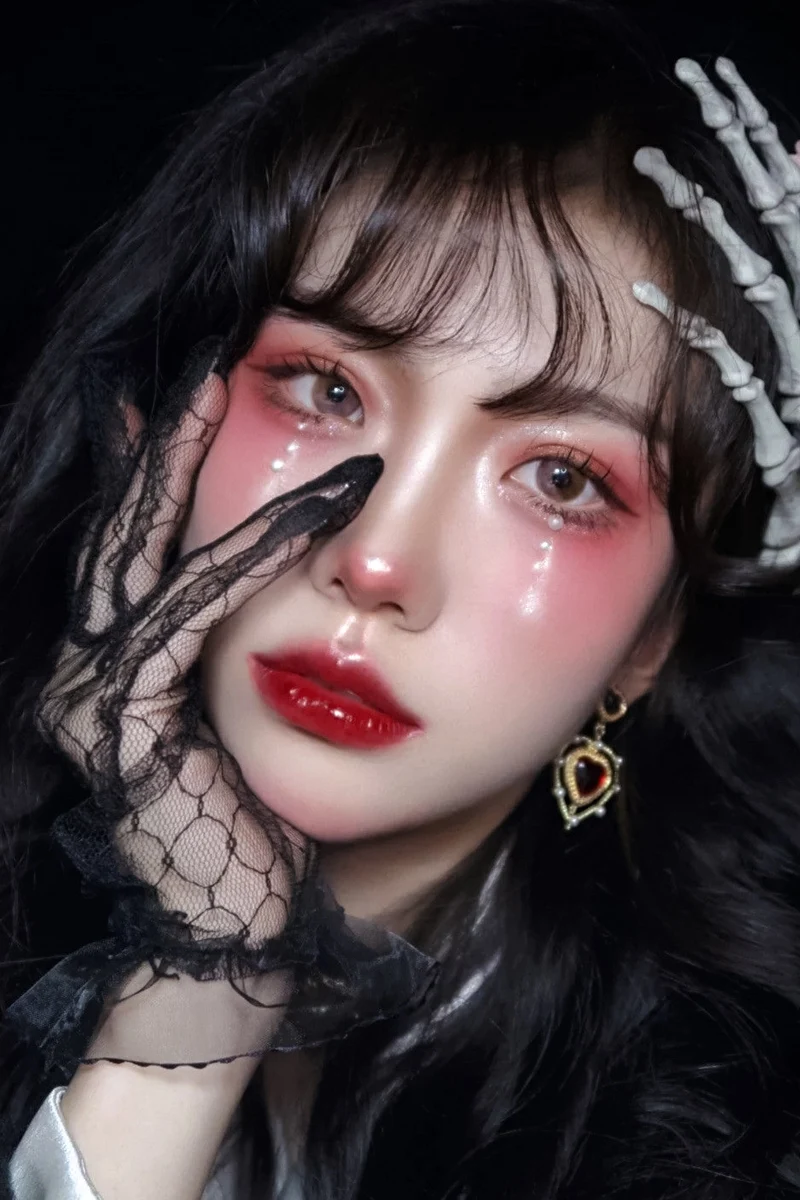
This might just be my favorite makeup look in today’s compilation! I love how the highlighter on the cheekbones, lips, and white “tears” create striking accents. A hint of pink blush on the nose and chin adds a youthful touch to this Gothic Lolita aesthetic.
DRAMATIC GOTH MAKEUP WITH THIN EYEBROWS AND BLACK LIPS
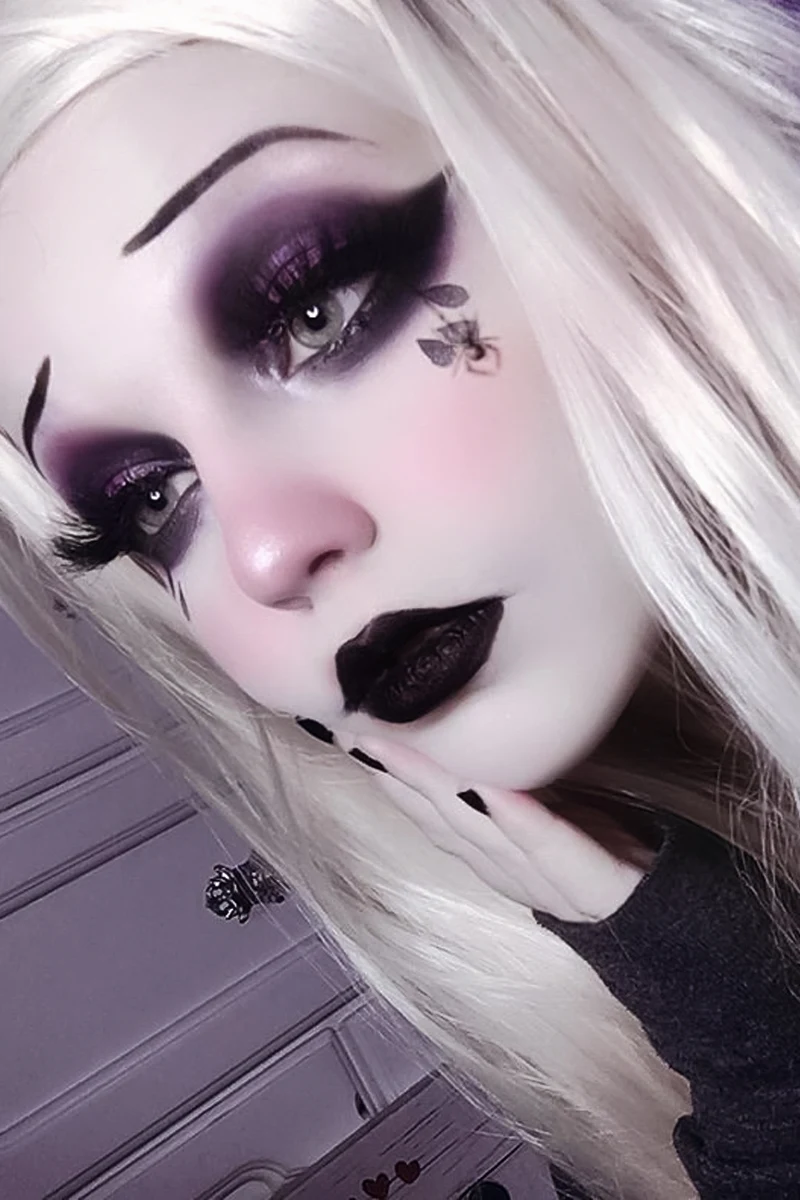
You can never have too much drama with Gothic makeup! This next look has it all: stunning purple and black smoky eyes? Absolutely! Sleek, thin black eyebrows? You bet! Bold black matte lips? Definitely! And to amp up the contrast, a luxurious platinum blonde wig will take the drama to the next level.
CUTE GOTH LOLITA MAKEUP WITH A TON OF BLUSH
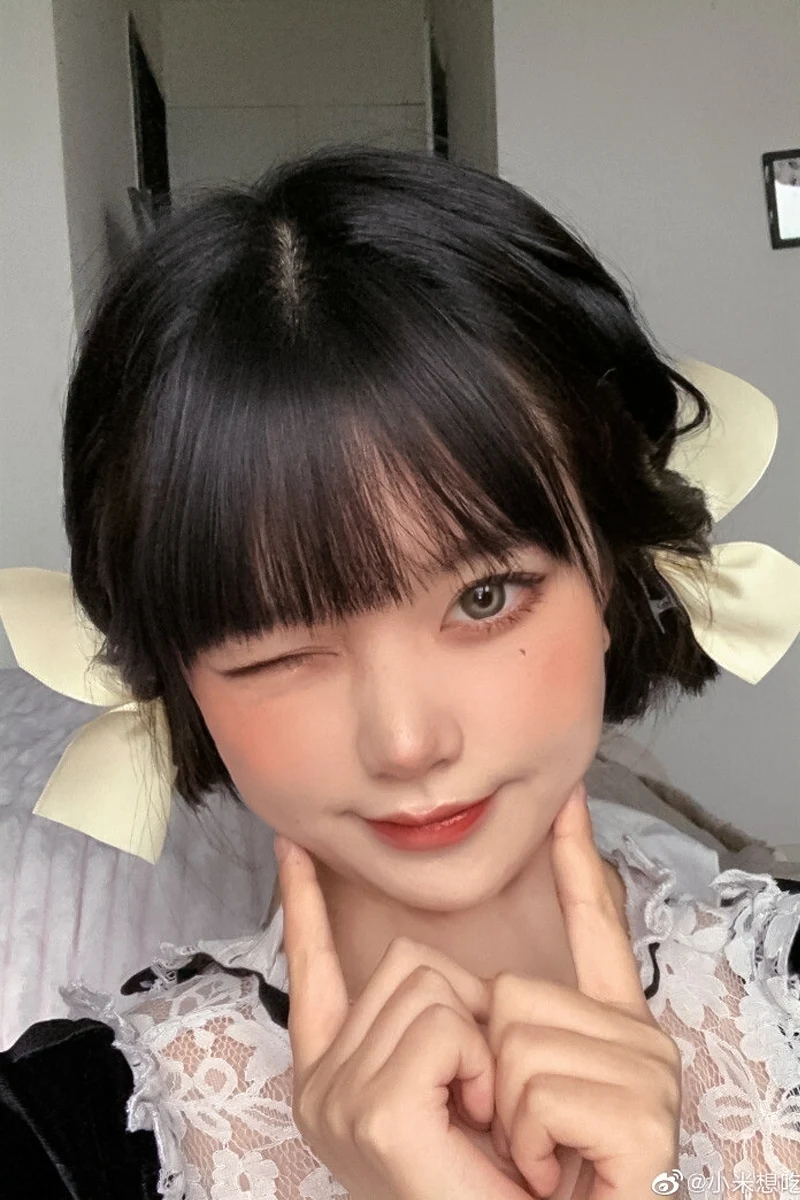
Absolutely! The Gothic Lolita style beautifully balances cute and edgy, and it doesn’t always have to be dramatic. This cute GothLoli look, featuring soft peach blush and glossy lips, captures that perfect blend. The subtle lash look adds a touch of purity, making it perfect for daytime wear. Would you consider rocking it at school?
BLUSHED OR GOTHLOLI LOOK WITH KISSABLE LIPS
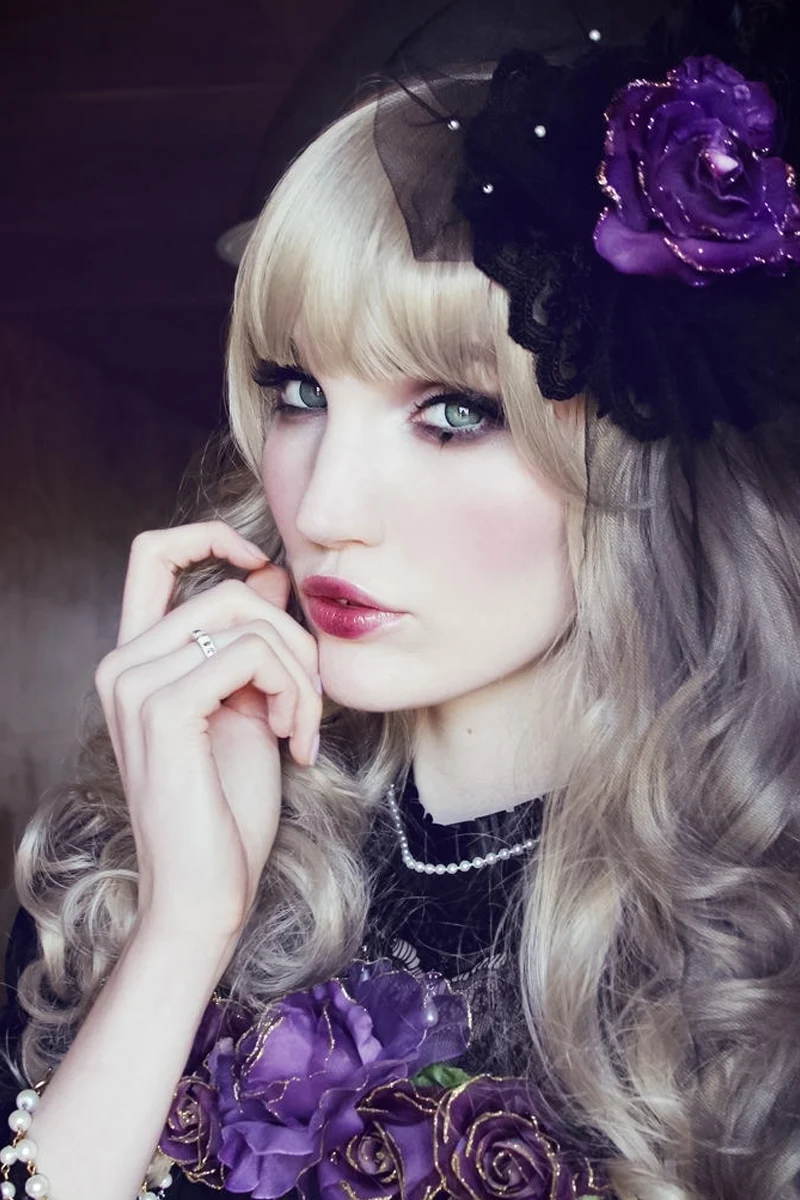
Let’s kick off with the classic Gothic Lolita makeup! Start with a pale foundation for that porcelain finish, add a touch of blush to the cheeks, and finish with kissable lips. This look is accentuated by bold winged eyeliner and smudged eyeshadow along the bottom lash line. It strikes the perfect balance between cute and dramatic!
CONCLUSION
Gothic Lolita makeup is a captivating and expressive art form that allows individuals to embrace their unique style and creativity. The looks we’ve explored in this collection showcase the diverse and stunning possibilities within this aesthetic. From soft and ethereal to dramatic and intense, there is a Gothic Lolita makeup look for everyone.

